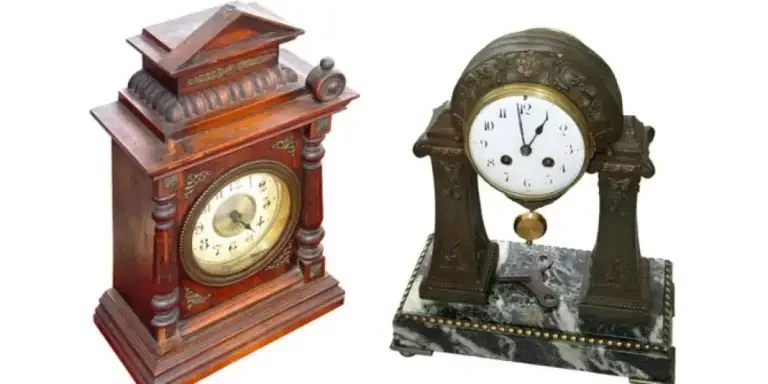Table of Contents
1. Introduction
2. Overview of floor clock types and their features
3. 2024 market trends for floor clocks
4. Key factors to consider when choosing floor clocks
5. Leading floor clock models and their standout features
6. Conclusion
Introduction
Floor clocks, also known as grandfather clocks, serve as both elegant decor pieces and precise timekeeping devices. Standing tall and commanding attention, these clocks offer a touch of sophistication to any space, from traditional to contemporary interiors. With intricate craftsmanship, ranging from woodwork to metal finishes, they blend functionality with timeless beauty. Floor clocks can be the focal point of a room, offering not just a way to tell time, but also a sense of history and charm through their chimes and design elements. In 2024, they continue to be a prized addition, appreciated for their durability, aesthetic, and practical value.
Overview of floor clock types and their features
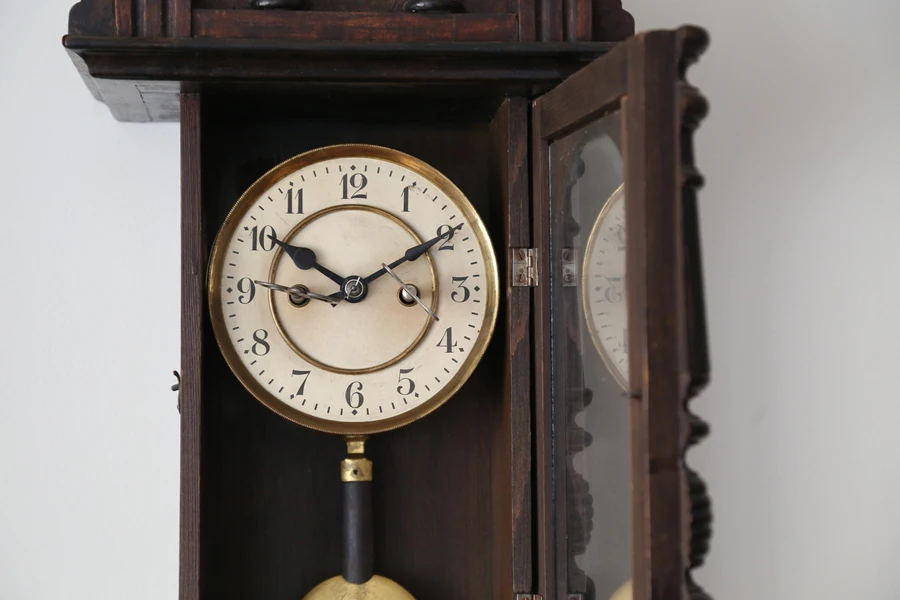
Traditional floor clocks
Traditional floor clocks, also referred to as grandfather clocks, are known for their timeless design and attention to detail. Crafted primarily from rich hardwoods like cherry or oak, these clocks feature classic elements such as bonnet pediments—curved, ornate tops that enhance their stately presence. These models typically use mechanical movements, relying on weights and pendulums for timekeeping, which requires manual winding every seven days. The chiming sound, often Westminster chimes, adds a nostalgic touch, creating a warm and inviting atmosphere. This combination of craftsmanship and functionality makes traditional floor clocks a desirable option for those looking to add both elegance and heritage to their space.
Contemporary floor clocks
Contemporary floor clocks offer a sleek and modern alternative to traditional designs. Characterized by minimalist lines and clean finishes, these models often incorporate materials like chrome, glass, or brushed metal to create a modern look that aligns with today’s interior trends. The use of quartz movement in these clocks ensures precise and reliable timekeeping without the need for manual winding. Quartz clocks are not only easy to maintain but also feature additional conveniences, such as automatic nighttime shut-off, which mutes the chimes during specific hours for a quieter environment. The focus on simplicity and functionality makes contemporary floor clocks ideal for modern homes, blending seamlessly into minimalist or industrial interiors.
Industrial-inspired floor clocks
For those who appreciate a more rugged, vintage look, industrial-inspired floor clocks are an attractive option. These models often feature exposed gears, iron accents, and aged metal or wood finishes, evoking a sense of industrial heritage while remaining functional. The combination of raw materials with mechanical elements gives these clocks a bold, statement-making presence in any space, particularly those with loft or industrial-style decor. While some industrial clocks retain mechanical movements for an authentic touch, many have shifted to quartz mechanisms for ease of use and improved accuracy, without sacrificing the aesthetic appeal of visible mechanics.
Customizable floor clocks
Customizable floor clocks are gaining popularity due to their ability to cater to personal preferences and interior design needs. These clocks offer flexibility in pediment styles, chime selections, and even lighting options, allowing users to tailor their timepiece to fit their space. Some models feature integrated LED lighting, which can be controlled remotely to adjust color and brightness, making the clock both a functional object and a decorative focal point. Customization options provide versatility, enabling these clocks to complement a variety of design styles, from traditional to ultra-modern, while also allowing for the integration of high-tech features such as color-changing lights or programmable chimes.
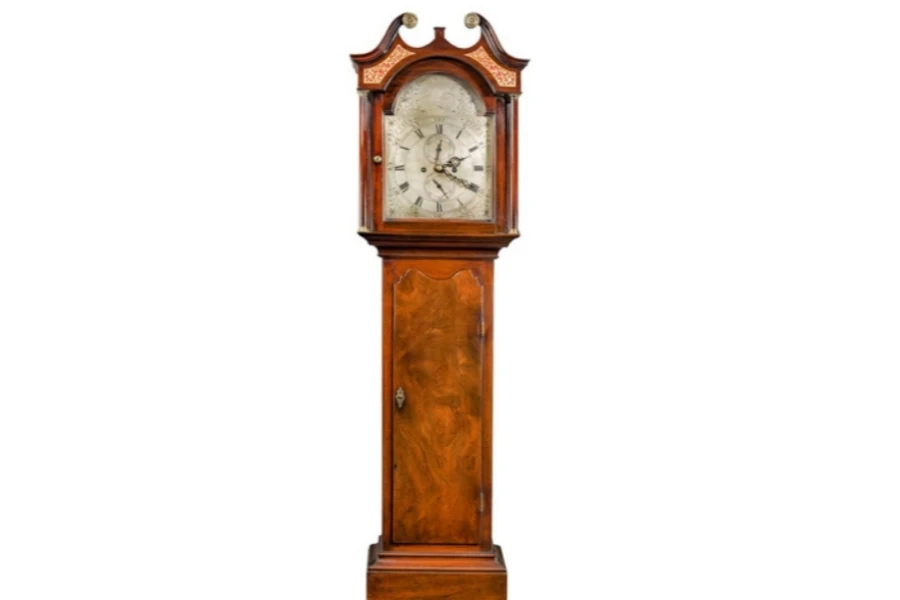
2025 market trends for floor clocks
Experts currently value the global satellite TV receiver market at approximately USD 2.65 billion in 2023, with projections reaching USD 4.21 billion by 2028. This growth trajectory reflects a compound annual growth rate (CAGR) of 9.7% from 2023 to 2028, driven by the demand for reliable satellite broadcasting options, particularly in areas where cable infrastructure is limited. These projections stem from industry analyses by Market Business Insights.
Growing demand for minimalist designs
Modern floor clocks are characterized by sleek, space-saving designs that integrate seamlessly into contemporary homes. Neutral tones, glass, and metal finishes ensure these clocks provide both functionality and aesthetic appeal.
Rising preference for quartz movement
Quartz clocks are becoming the preferred choice due to their accuracy, low maintenance, and affordability. This eliminates the need for regular winding, making them highly convenient for users who prioritize precision.
Focus on sustainability
The use of sustainable materials such as mango wood and recycled metals is gaining traction, reflecting consumer preferences for eco-friendly products. Manufacturers are increasingly incorporating these materials into their designs, offering luxury with an environmental edge.
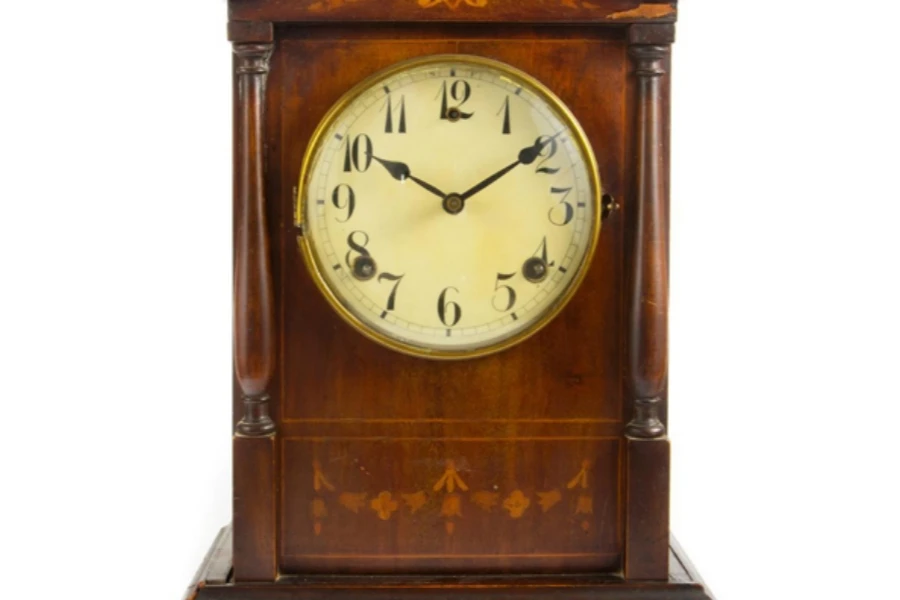
Key factors to consider when choosing floor clocks
Movement mechanism
One of the most significant choices when selecting a floor clock is deciding between quartz and mechanical movements. Quartz clocks, powered by batteries, offer precision and ease of maintenance. They require little more than periodic battery replacement, making them a practical option for those prioritizing convenience. Mechanical clocks, on the other hand, operate using weights and pendulums, requiring regular winding. While they demand more attention, mechanical clocks deliver a traditional, rhythmic ticking sound and charming chimes that appeal to those who value the authenticity of classic timepieces.
Size and dimensions
Choosing the right size is critical to ensuring the clock fits the space without overwhelming it. Floor clocks vary in height, typically ranging from six to eight feet, and their width and depth also differ depending on the design. In smaller rooms, a slim, compact clock might be the best choice to avoid crowding. In larger, open spaces, a more imposing floor clock can act as a central feature, adding drama to the room. Matching the clock’s proportions with the room’s scale creates visual harmony and enhances the overall design.
Aesthetic alignment with interior decor
It’s essential to consider how the clock’s style aligns with the room’s existing decor. Traditional floor clocks, with their wood finishes and intricate detailing, pair well with classic or vintage interiors. These models often feature elaborate carvings and bonnet pediments, adding a touch of historical elegance. For more modern or minimalist spaces, contemporary floor clocks are a better fit, offering streamlined designs with glass and metal accents. Ensuring the clock complements the decor will elevate the overall aesthetic and enhance the space.
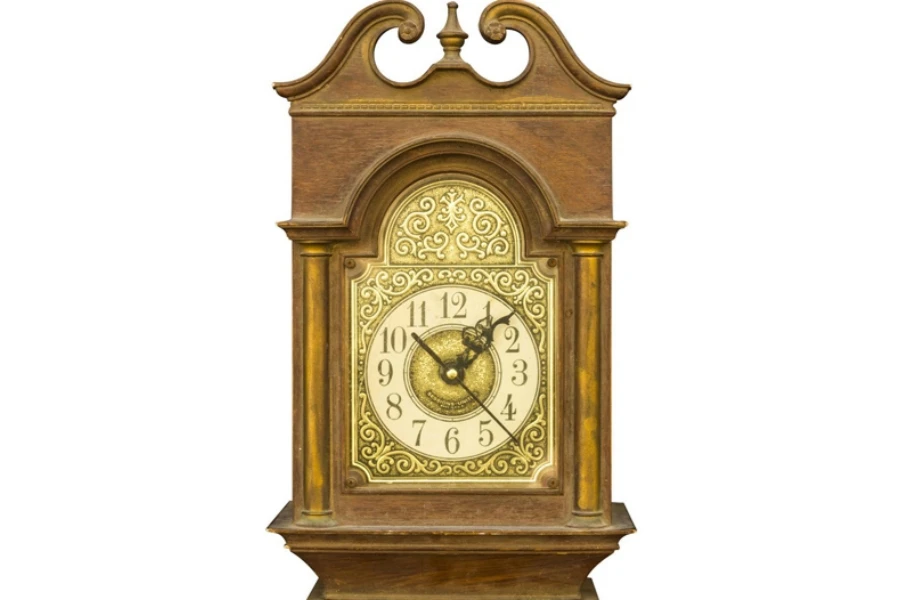
Material quality and durability
The materials used in a floor clock greatly affect both its longevity and appearance. Hardwoods like cherry, oak, and walnut are common in traditional designs, offering durability and a rich, warm finish. Contemporary models may incorporate metals such as chrome or brushed steel, adding a sleek, modern feel. Glass is often used in both styles, whether through decorative panels or crystal-clear faces. Choosing high-quality materials ensures the clock will be a lasting investment that adds both function and beauty to the space.
Chimes and additional features
Chimes are a defining feature of many floor clocks, with Westminster chimes being among the most popular. These melodic chimes play at regular intervals, often every quarter-hour, creating a soothing sound. Some clocks offer features like automatic nighttime shut-off to silence the chimes during sleeping hours. Additionally, more modern models may include LED lighting, which not only enhances the clock’s visual appeal but also illuminates its intricate details. These customizable features allow buyers to select a clock that aligns with their personal preferences and functional needs.
Leading floor clock models and their standout features
Vintage craftsmanship with modern durability
Some floor clocks beautifully combine vintage craftsmanship with modern durability. Inspired by historical designs, these clocks often feature distressed finishes, aged dials with Roman numerals, and convex glass. The fusion of old-world charm and functional elegance makes these models ideal for interiors that appreciate a touch of traditional style. These clocks are not only visually striking but are also designed for long-term use, serving as statement pieces in any room.
Classic designs with intricate wood carvings
For those who favor traditional decor, classic floor clocks with intricate wood carvings and elegant finishes are a popular choice. Often crafted with rich hardwoods like mahogany, these clocks reflect timeless elegance and craftsmanship. Many traditional models feature Westminster chime movements, which add a sophisticated auditory element, chiming at regular intervals. These features make traditional floor clocks not just timekeeping devices but also key elements of decor, especially in heritage or vintage-inspired settings.
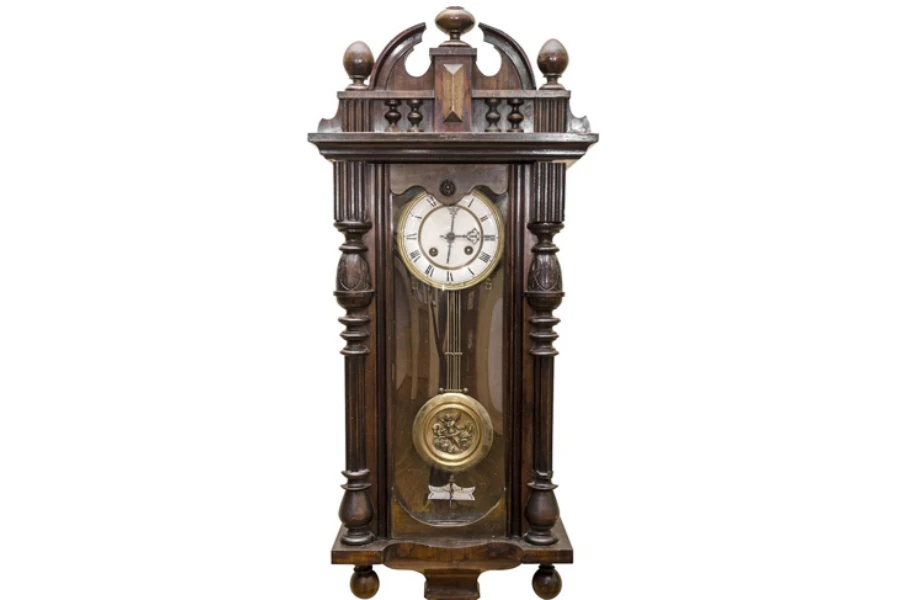
Industrial chic with exposed mechanics
Industrial-style floor clocks stand out for their bold, modern designs. These clocks often showcase exposed gears, metallic accents, and a blend of wood and metal elements. Their raw, mechanical appearance makes them ideal for contemporary lofts or urban spaces that lean toward an industrial aesthetic. With their visible mechanics, these clocks serve as conversation pieces while offering the functional benefit of accurate timekeeping.
Minimalist design with precision mechanics
For those who prefer simplicity paired with technical sophistication, minimalist floor clocks offer clean lines and precision mechanics. These models are known for their understated elegance, blending seamlessly into modern, minimalist interiors. Their focus on precision timekeeping, coupled with a sleek, unobtrusive design, ensures they enhance a room’s aesthetic without dominating the space.
Modern elegance with sleek finishes
Modern floor clocks with sleek, satin finishes and minimalist designs are perfect for contemporary interiors. Often featuring clean lines and subtle metallic accents, these clocks provide a refined aesthetic that complements modern decor. Their minimalist style, combined with high-quality craftsmanship, makes them ideal for spaces where simplicity and sophistication are key design principles.
Conclusion
Selecting the right floor clock requires a careful balance between design, functionality, and size to ensure it complements the intended space. Whether opting for a traditional model with intricate woodwork or a modern, minimalist design, the clock must fit both aesthetically and practically. Key factors such as movement type, material quality, and additional features like chimes or lighting play a crucial role in long-term satisfaction. Ultimately, the ideal floor clock is not only a visual statement but also a reliable timepiece, blending craftsmanship with functionality to enhance any room for years to come.
